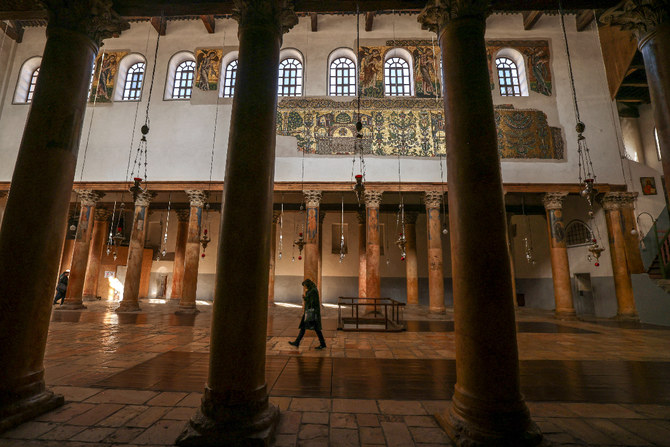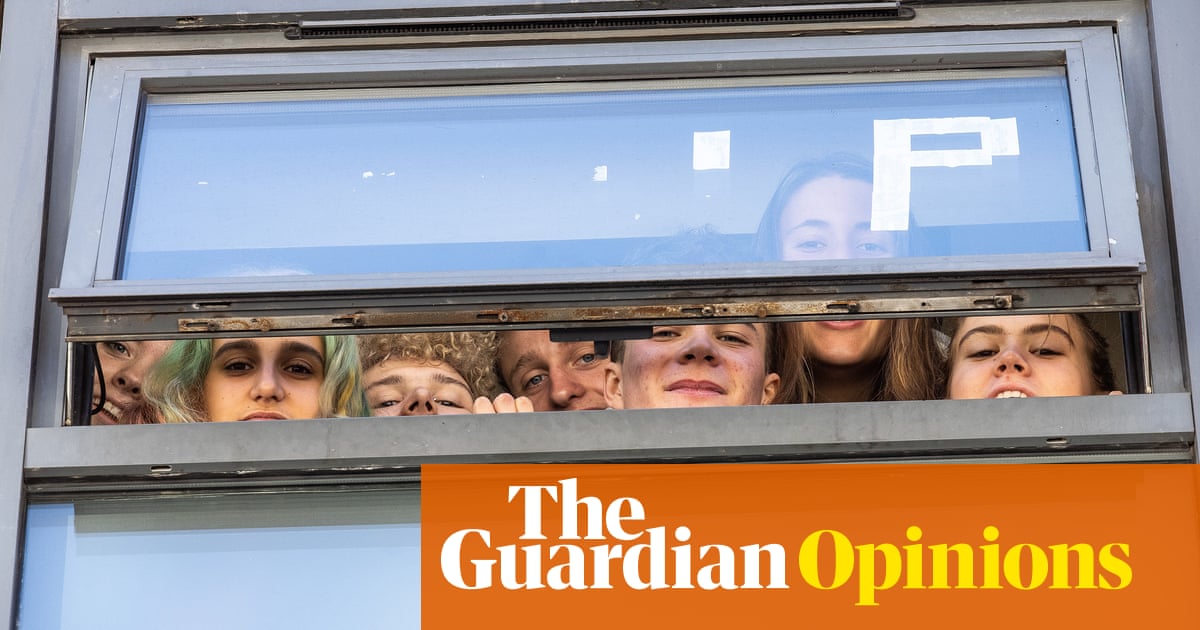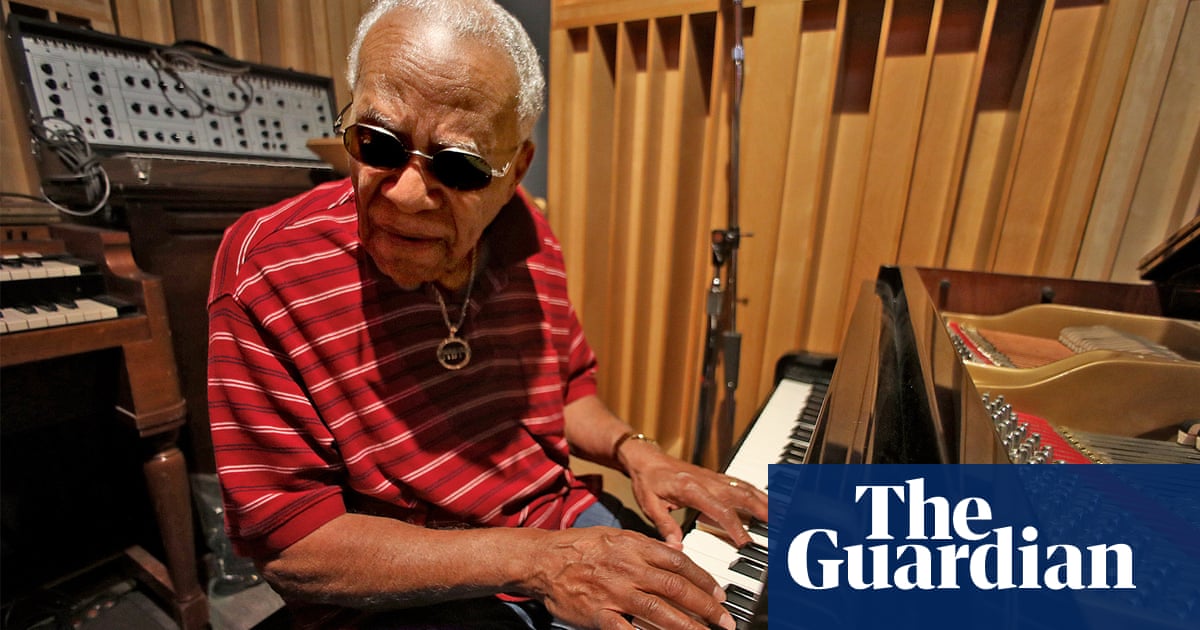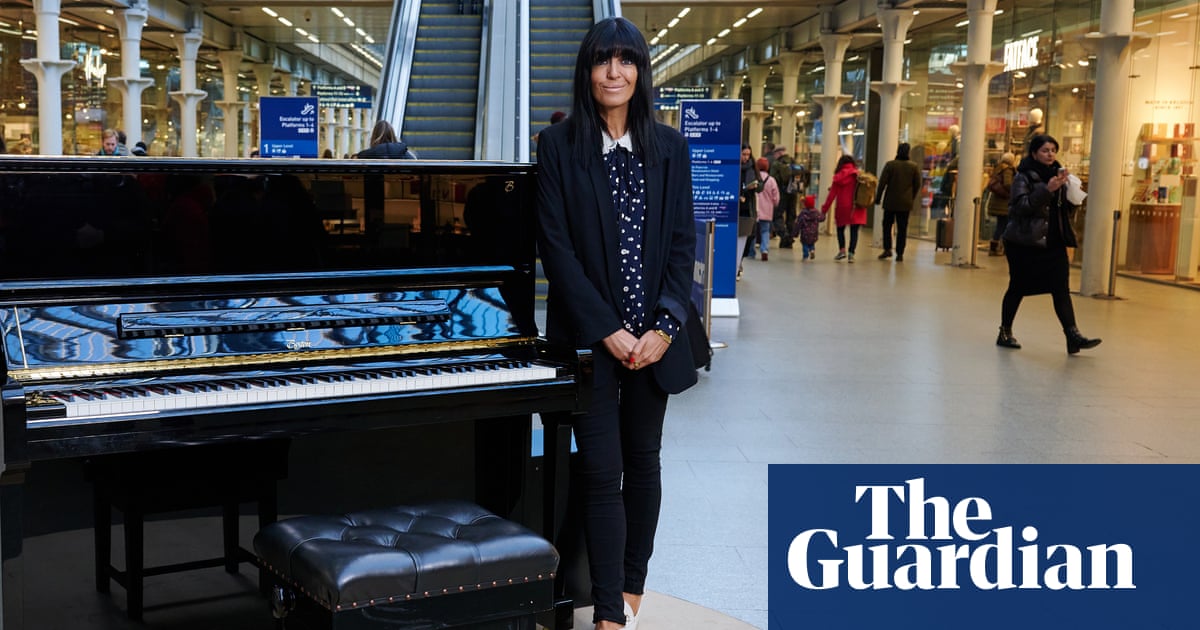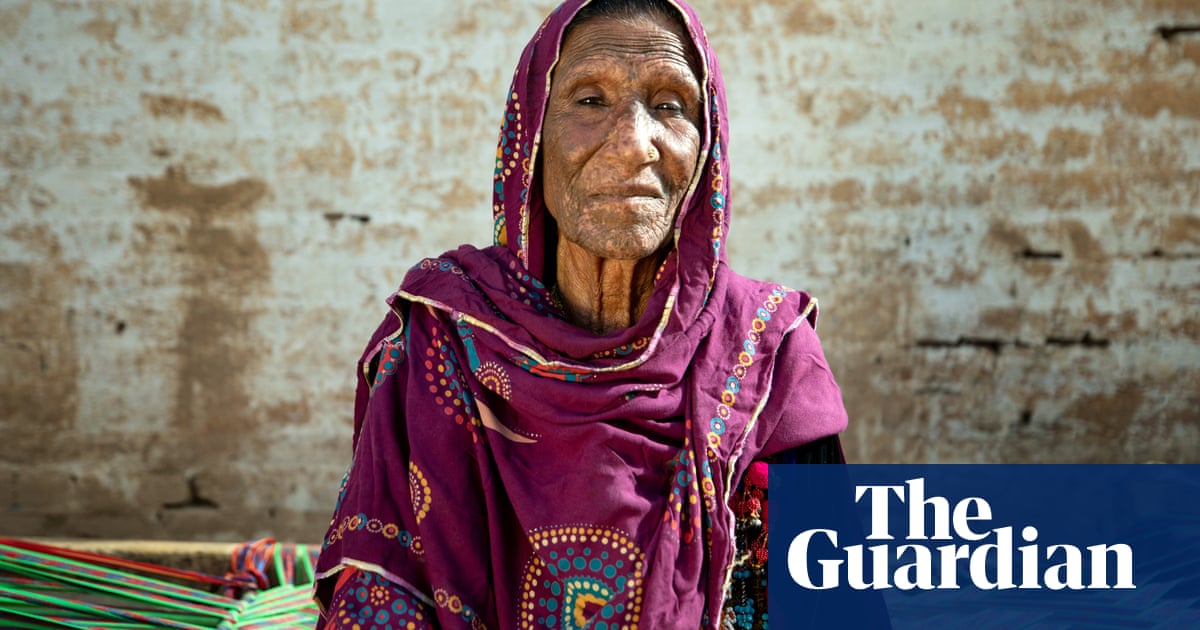
In a bootleg video from the 1990s, an entire audience of Pakistani men in shalwar kameezes stare transfixed as the steely voice of Zarsanga – the renowned Pakistani Pashtun folk musician – thunders through the air.
For more than five decades, the illiterate village girl who metamorphosed into the beloved “nightingale of Peshawar” has sung folk songs like this, of yearning lovers turning to sand, of old Pashtun tribes and their reverence for ancestral lands, of tribal jewellery hanging from the necks of Pashtun women, and of leaving darkness behind. With a scarf draped over her expressionless face, Zarsanga resembles almost a saint-like figure. Her voice often induces a delirium in some of the audience members who burst into a variation of the Attan, a gracious, circular dance said to be used by Pashtun warriors to intimidate the soldiers of Alexander the Great.
“Some people weep, some shower me with rupees,” says the elegant, rather reticent 77-year-old, who I meet on the outskirts of Kohat, a town about an hour’s drive from Peshawar. “I am thankful to God for my voice.”
That voice was ubiquitous for years in Pakistan, but as the golden eras of the cassette and DVD faded and newer genres of music emerged, Zarsanga’s music was seen as a relic of an agrarian past. In 2018, she won back her following thanks to Coke Studio – the Coca-Cola-sponsored Pakistani music TV show – broadcasting a modern rendition of one of her classics, Rasha Mama (or Come Uncle), which received more than 10m views on YouTube. In 2021, she was chosen as one of Malala Yousafzai’s Desert Island Discs, and was named one of the recipients of the globally prestigious triennial Aga Khan award for music in 2022, sharing a $500,000 prize along with 15 other laureates.
But for more than a decade, this renowned singer has had to live an itinerant and uncertain life after being displaced by flooding in 2010. “I have sung since childhood, but Pakistan still hasn’t given me a piece of land,” she says bitterly. “Why, I don’t know.” The region’s authorities deny this, but nevertheless, one of south Asia’s greatest folk artists is now reduced to living in a mud house with a tent for a roof.
Zarsanga was born around 1946 in the Lakki Marwat district of north-west Khyber Pakhtunkhwa, now Pakistan. While working as a shepherd, she sang the Pashto folk songs of the late Kishwar Sultan and Gulnar Begum to her first audience: her father’s sheep and horses.
When Zarsanga’s father discovered the talent his daughter had nurtured in Lakki Marwat’s verdant fields and forests, he initially discouraged her from singing. Folk music is revered in Pashtun culture, but musicians themselves are sometimes looked down on. “But my father listened to me, and said, ‘If music is your passion, then you have my blessing’,” she remembers.
He took the 20-year-old Zarsanga to sing at a wedding in the neighbourhood, where a serendipitous encounter with a local musician led her to a recorded audition in front of Gulnar Begum herself, a renowned singer whose voice had been used in several Pashto movies. “The cassette reel tore!” Zarsanga recalls, but the recording was completed and she was launched into radio performances across the country.
She has since contributed to a vital body of folk culture for Pashtuns, the largest ethnic minority group in Pakistan who live mostly in the north-west. Entangled in a history of colonial stereotypes that once described them as a martial race, Pashtuns become inseparable from terrorism, violence, and political turmoil because of numerous events in the last 20 years that include the shooting of Yousafzai in 2012; the emergence of the Pashtun Tahafuz Movement which defends the rights of ethnic Pashtuns; and the Taliban’s takeover of Afghanistan two years ago, with Pakistan’s north-west also gripped by a Taliban resurgence, many of them ethnic Pashtuns themselves.
But Scottish writer and historian William Dalrymple says contemporary history offers a myopic view. “Some of the great miniature paintings and some of the most refined philosophies [and examples of Islamic art] have come out of Pashtun lands: Gandhara art, Timurid paintings, the tile work of the towers of Herat, and the bazaars of Kabul which are forgotten and lost now,” he says. Before the partition of India in 1947, “the Pashtuns were the peaceniks of the region”, Dalrymple adds, referring to Abdul Ghaffar Khan, the Pashtun anti-colonial leader who led one of the largest non-violent armies in history.
“Around a hundred years ago, there were many singers like Zarsanga,” says Rashid Ahmad Khan, a musician who completed the first ever PhD in Pashtun folk music at the University of Peshawar in 2022, but “the use of this old tone has vanished in today’s modern Pashtun music,” except in the remote north-west where traditional folk music styles remain untouched.
Together with her late husband, the tabla and harmonium player Mullah Jan, Zarsanga leaned on a rich oral tradition of lyrics and melodies from tappa or landay poems – the oldest form of Pashto folk literature – passed through generations. As the illiterate daughter of a shepherd, Zarsanga memorised them word by word. “We were uneducated, I could not understand,” Zarsanga said of rehearsals. “I could only sing once I learned [the lyrics] completely.” It is also difficult to pinpoint the precise origins of these centuries-old lyrics. “It’s a virsa,” Khan says, using the Pashtun term for heritage. “It belongs to everyone.”
She in turn carried the music through successive generations and is now a national treasure in Pakistan – as well as the Aga Khan award, Zarsanga was a recipient of the president’s Pride of Performance prize and featured in the Peshawar Zalmi cricket team’s anthem. But she lives on rented land with her family in a handful of mud houses.
In 2010, devastating floods displaced more than 12m Pakistanis, including Zarsanga, her six sons, three daughters, their spouses and children, who had to live in roadside tents after their homes in Azakhel (in the north-western district of Nowshera) were destroyed. She was then forced to leave her town in 2017 after she was attacked by a mob over a monetary dispute between her sons and their neighbours.
As Pakistan reels under record inflation rates and the impact of more devastating floods in 2023, the septuagenarian is now the sole financial pillar for her entire family. “I have sent several applications to the government [for financial assistance] and recorded several videos, but all in vain,” Zarsanga says. Rashid Ahmad Khan, who is also the president of Pashto literary and cultural organisation Hunari Tolana, counters by saying that as well as the Aga Khan prize fund, Zarsanga and her family had been given three to four million Pakistani rupees (between £8,500 and £11,200) by Pakistan’s government over the years.
But even amid the uncertainty of her living conditions, her popularity endures, extending into Afghanistan where some 40% of the population are ethnic Pashtuns – and while listening to music is now banned because of interpretations of Islam by the Taliban that claim music is forbidden, the likes of Fatima Faizi, an Afghan journalist who fled to the US, still champion her. “Zarsanga always played in our households,” she says. “As a kid, my cousin and I used to play her music and dance. She has such a beautiful, powerful voice.” Like many elders of her generation, Zarsanga is not very forthcoming when talking about herself, but she speaks passionately about this diaspora: “In England, London, America, Germany, there are so many Pashtuns from Afghanistan and Pakistan living there. There’s so much love and affection between us. Whenever they desire it, I will always sing for them.”
Zarsanga’s 2018 Coke Studio performance linked her with a new audience across that diaspora. It begins with her traditional rendition of Rasha Mama accompanied by Pakistani folk band Khumariyaan gleefully plucking the lute-like rubab and guitar, transforming midway into electric guitar riffs and pop singer Panra’s soft vocals. Zohaib Kazi and Ali Hamza, producers of the session, describe it as “Zarsanga’s signoff, where she passes the baton” to the younger artists.
The pair wanted to highlight regional languages and music that had been forgotten in the chaos after the partition of India in 1947 when one language – Urdu – became the country’s lingua franca. “The urban landscape and culture [after partition] was based more on [economic] opportunity and the desire to please the white man,” Hamza says. Kazi says that travelling across the country showed them how whole swathes of Pakistani culture were not being represented in the mainstream: “That’s where Zarsanga came in.”
In the last 50 years, most of the prominent Pashtun folk singers, including Zarsanga, Sultan, Begum, and the late Afghan singer Qamar Gula, have all been women who are revered by a conservative, generally patriarchal Pashtun society where women generally do not occupy public-facing roles. “Zarsanga was such an anomaly in that sense,” Kazi says. “She represents defiance, being a woman and a Pashtun singer. The longevity of her career’s relevance speaks mountains of her spirit.”
But that patriarchal culture, coupled with the disparagement that folk musicians still sometimes face in Pakistan, means that none of Zarsanga’s daughters have embraced music. “No one among the women in my family sang before me,” she says, and there may never be another.
Wasim Sajjad contributed translation and assistance for this article





